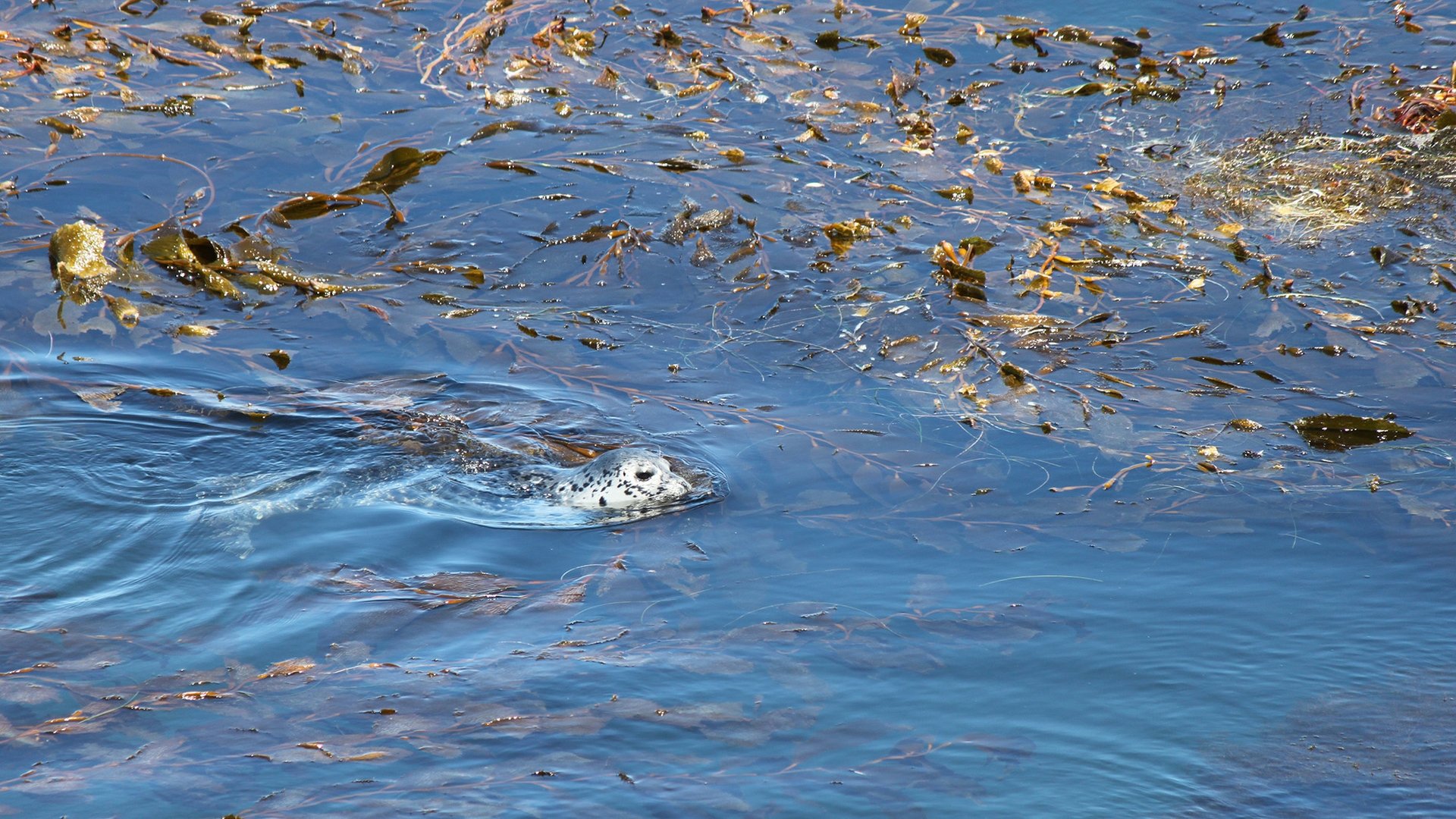The unique underwater kelp forests that line the Pacific Coast support a varied ecosystem that was thought to have evolved along with the kelp over the past 14 million years.
But a new study shows that kelp flourished off the Northwest Coast more than 32 million years ago, long before the appearance of modern groups of marine mammals, sea urchins, birds and bivalves that today call the forests home.
The much greater age of these coastal kelp forests, which today are a rich ecosystem supporting otters, sea lions, seals, and many birds, fish and crustaceans, means that they likely were a main source of food for an ancient, now-extinct mammal called a desmostylian. The hippopotamus-sized grazer is thought to be related to today’s sea cows, manatees and their terrestrial relatives, the elephants.
…
Evidence for the greater antiquity of kelp forests, reported this week in the journal Proceedings of the National Academy of Sciences, comes from newly discovered fossils of the kelp’s holdfast — the root-like part of the kelp that anchors it to rocks or rock-bound organisms on the seafloor. The stipe, or stem, attaches to the holdfast and supports the blades, which typically float in the water, thanks to air bladders.
Amateur fossil hunter sounds like a great hobby.
Doesn’t matter how old it is. What matters is how soon it gets destroyed. On this episode of Man vs Wild. Stay tuned.




